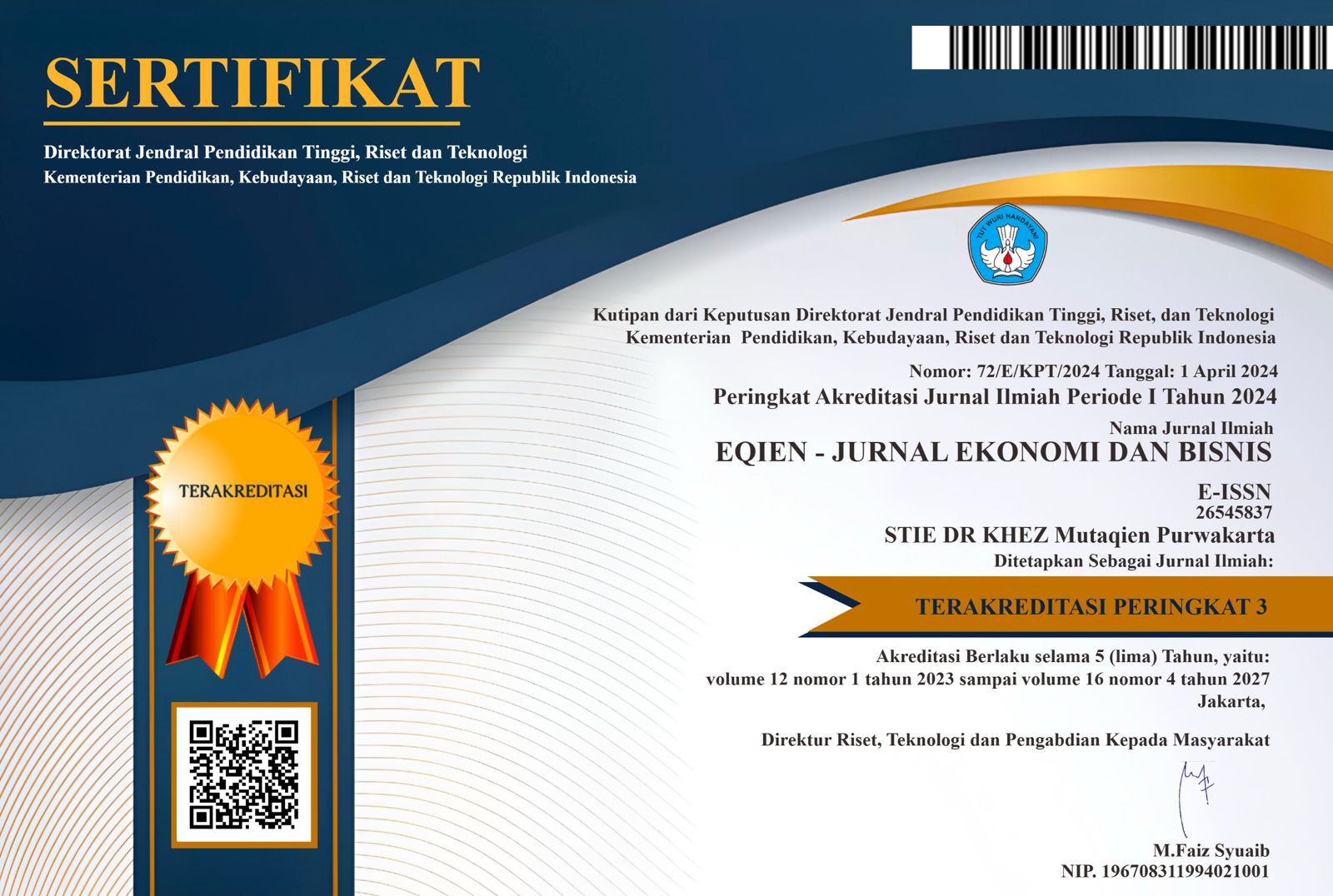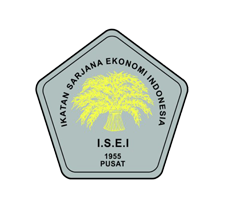ANALISIS MODAL MANUSIA TERHADAP PERTUMBUHAN EKONOMI ANTAR PROPINSI DI PULAU JAWA
https://doi.org/10.34308/eqien.v11i1.819
Keywords:
Keywords: Human Capital, Economic Growth, Education, Health, Labor ForceAbstract
Economic growth is the main condition for increasing the standard of living of a country. Economic growth of a region is not only seen from the Gross Regional Domestic Product (GRDP) as a reference for regional welfare, it is also seen from the Human Development Index (HDI). The Human Development Index is an indicator that covers several qualities of human life, namely education, health and the laborforce. The purpose of this study was to analyze the effect of education, health and labor force variables on economic growth in Java Island. The analytical technique used in this study is a multiple liner regression analysis. The data used in this study is panel data, namely by combining time series and cross section data from 2010 to 2019 and 6 provinces in Java Island. The results showed that all the independent variables, namely education, health and the labor force together had a positive effect on economic growth. While the most influential variable on economic growth is education. Education is considered to have the most important role in determining human quality. The higher the education level of the labor, the higher the productivity and the higher the economic growth of a country.










